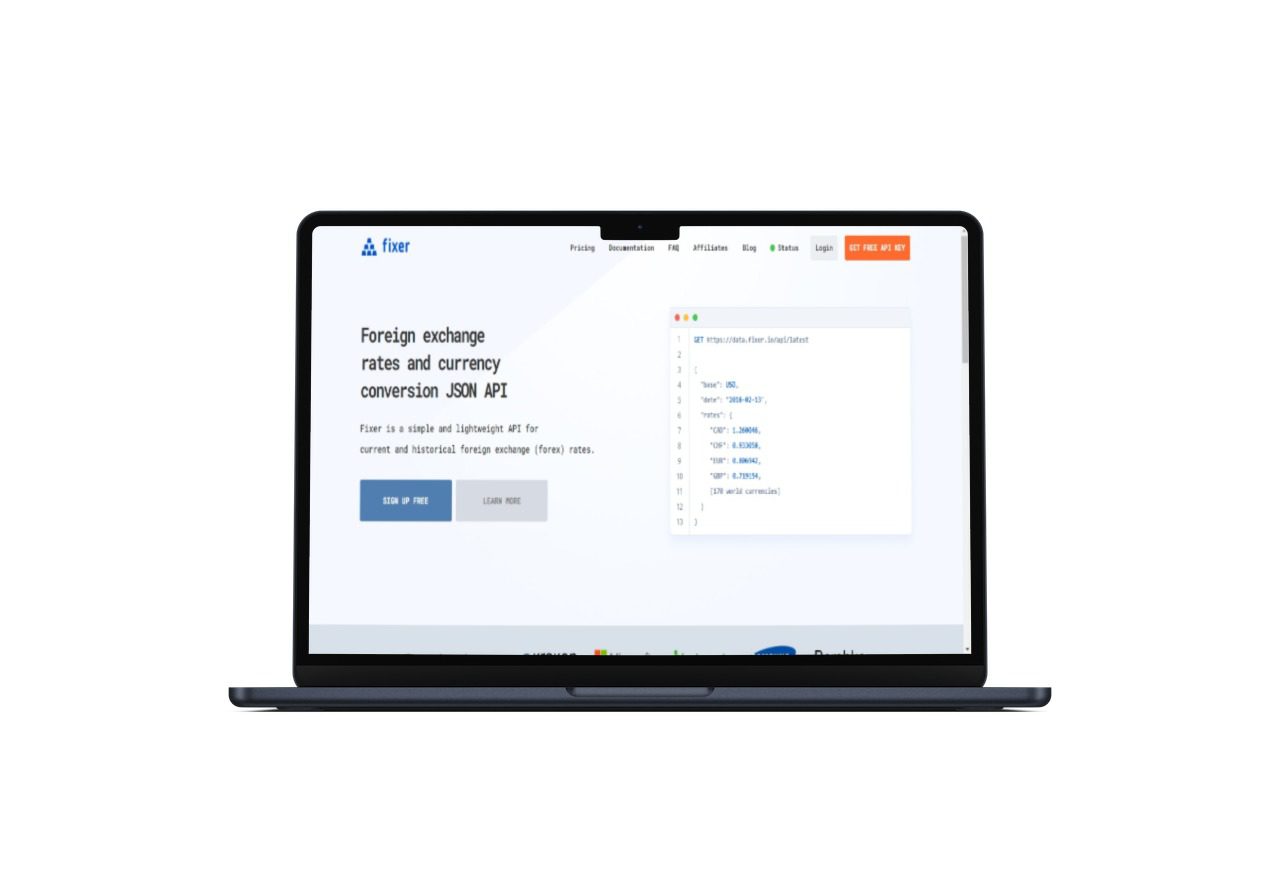In today' ;s interconnected electronic economy, currency transformation is an essential function across many types of platforms—from e-commerce and travel apps to economic companies and global marketplaces. Developers taking care of these platforms need appropriate, up-to-date exchange rate data, and that's where real-time exchange rate api enter into play. These APIs provide designers with seamless use of current international trade charges, allowing their programs to provide reliable and sensitive economic functions to users.

What Is a Real-Time Currency API ?
A real-time currency API is a web-based program that allows designers to access the latest trade charges between worldwide currencies. These APIs take information from financial institutions, forex areas, and key banks, updating frequently—sometimes every few seconds. They are typically RESTful APIs, returning data in JSON or XML structure, creating them an easy task to integrate in to numerous application environments.
Key Characteristics Developers Search For
When selecting a real-time currency API , designers prioritize pace, accuracy, easy integration, and scalability. Different of good use functions contain:
Help for numerous currencies
Historic trade rate data
Currency transformation endpoint
Time-stamped information for auditing
Rate fluctuation tracking
Strong APIs usually contain access layers, with the free variation offering standard characteristics and compensated programs encouraging enterprise-level entry, larger demand restricts, and goal support.
Why Real-Time Issues
For applications involving international transactions or economic forecasting, real-time data is essential. Also small variations as a swap prices can impact pricing, invoicing, and revenue margins. A delay of a few minutes can really make a difference in high-frequency trading or time-sensitive conversions. Real-time APIs make certain that the data found in transactions is really as current and appropriate as you can, providing consumers assurance and avoiding economic discrepancies.
Integration and Use Instances
Utilizing a currency API generally involves contacting an endpoint with the bottom and target currencies as parameters. The result can contain the newest conversion charge, which can then be properly used for calculations or screen within the app.
Use cases contain:
Currency converters for fund or travel apps
Value localization for e-commerce shops presenting prices in a user's local currency
Payment gateways that accept numerous currencies and need to change at checkout
Economic dashboards that monitor currency power with time

Realization
Real-time currency APIs empower designers to build intelligent, receptive, and global-ready applications. By developing these alternatives, designers can assure their programs stay appropriate, aggressive, and user-friendly in a fast-changing global economy. Picking the right API service can make the huge difference between standard functionality and seamless, real-world performance.
